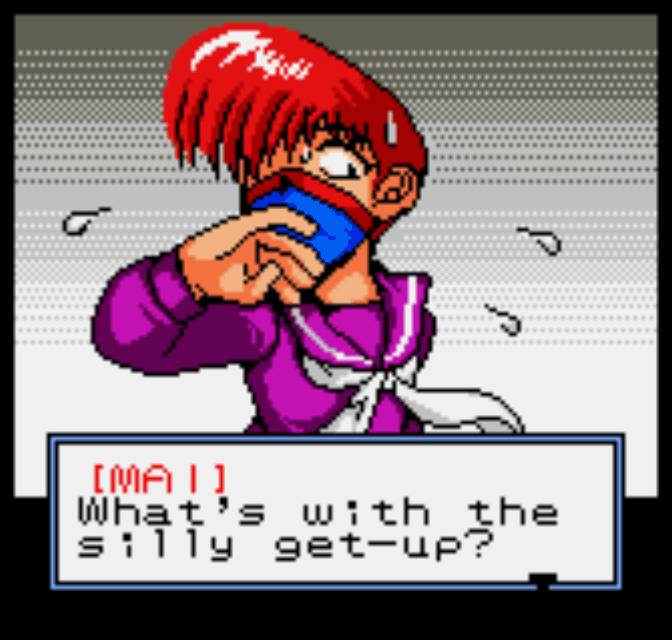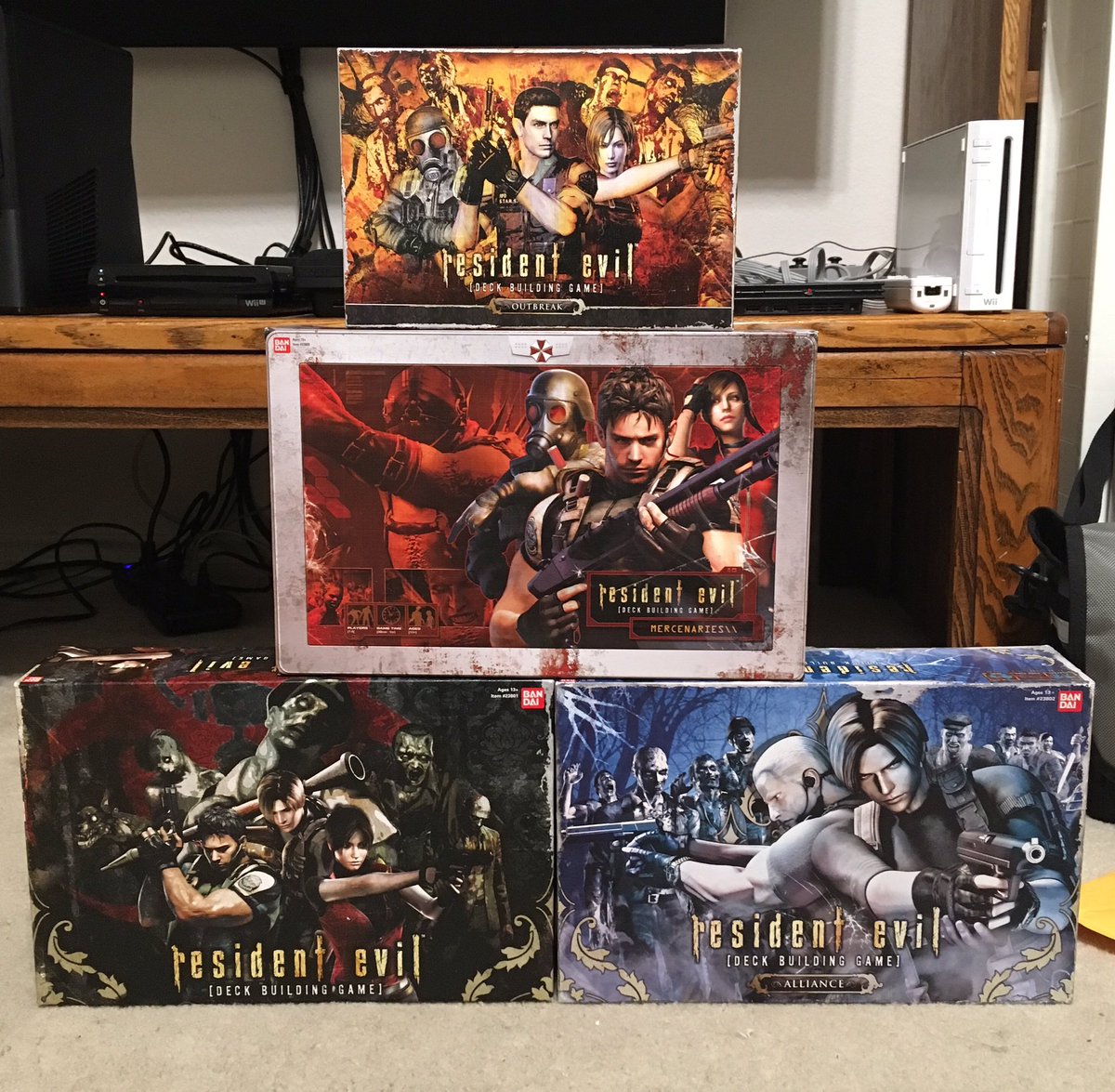KOF Allstar got all the hooks to catch my interest: it’s a
beat-em-up with collectible characters utilizing the KOF license developed by
the mobile company Netmarble. Obviously
I’m a huge KOF fan, I’ve enjoyed action mobile games with touch controls in the
past and I’ve read both good and bad things about Netmarble. The idea of a beat-em-up based on a fighting
game franchise where only two fighters are going at it at a time may seem like
an odd idea, but KOF has always had characters fighting gangs of enemies, it
was just rarely shown. I had some
careful optimism.
In preparation for the global version, I played the Japanese
version for a couple of weeks, both because I was excited to play and so that I
could write about any possible differences between the two. I couldn’t utilize every one of the game’s
features as my Japanese isn’t expert level, but from what I can tell the only
substantial difference is that the new content for the global version is coming
out much quicker because it has a year of updates from the Japanese version to
work with. Now that I’ve gotten to play
the global version, this review can be written proper.







